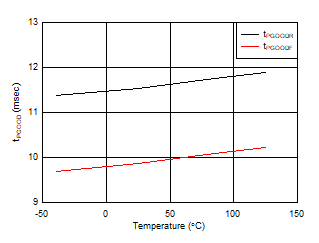SLVSET9F September 2018 – February 2023 TPS1663
PRODUCTION DATA
- 1 Features
- 2 Applications
- 3 Description
- 4 Revision History
- 5 Device Comparison Table
- 6 Pin Configuration and Functions
- 7 Specifications
- 8 Parameter Measurement Information
-
9 Detailed Description
- 9.1 Overview
- 9.2 Functional Block Diagram
- 9.3
Feature Description
- 9.3.1 Hot Plug-In and In-Rush Current Control
- 9.3.2 Undervoltage Lockout (UVLO)
- 9.3.3 Overvoltage Protection (OVP)
- 9.3.4 Overload and Short Circuit Protection
- 9.3.5 Output Power Limiting, PLIM (TPS16632 Only)
- 9.3.6 Current Monitoring Output (IMON)
- 9.3.7 FAULT Response (FLT)
- 9.3.8 Power Good Output (PGOOD)
- 9.3.9 IN, P_IN, OUT and GND Pins
- 9.3.10 Thermal Shutdown
- 9.3.11 Low Current Shutdown Control (SHDN)
- 9.4 Device Functional Modes
- 10Application and Implementation
- 11Device and Documentation Support
- 12Mechanical, Packaging, and Orderable Information
Package Options
Refer to the PDF data sheet for device specific package drawings
Mechanical Data (Package|Pins)
- RGE|24
- PWP|20
Thermal pad, mechanical data (Package|Pins)
Orderable Information
7.7 Typical Characteristics
–40°C ≤ TA = TJ ≤ +125°C, V(IN) = V(P_IN) = 24 V, V( SHDN) = 2 V, R(ILIM) = 30 kΩ, IMON = PGOOD = FLT = OPEN, C(OUT) = 1 μF, C(dVdT) = OPEN (unless stated otherwise)
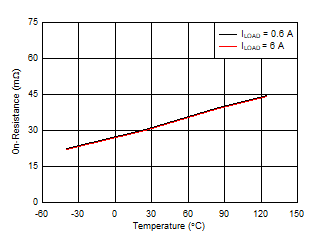
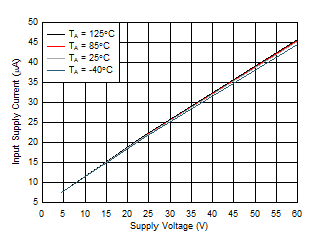
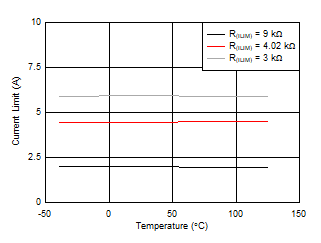
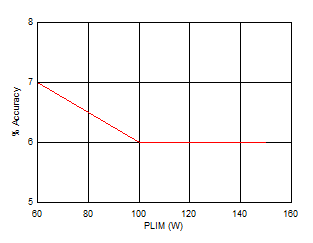
A.
Figure 7-7 Output Power Limiting Accuracy vs PLIM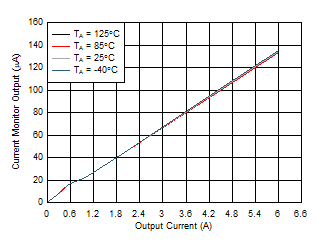
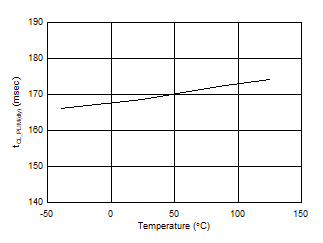
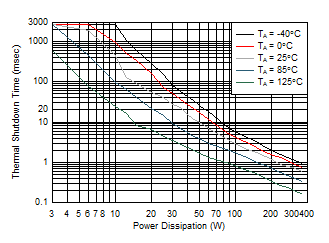
| Taken on VQFN device on EVM Board |
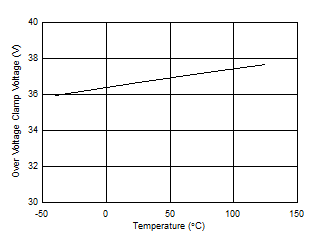
| TPS16632 |
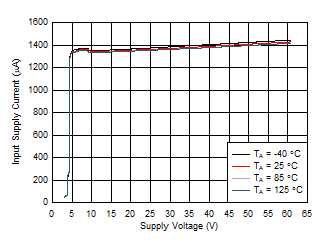
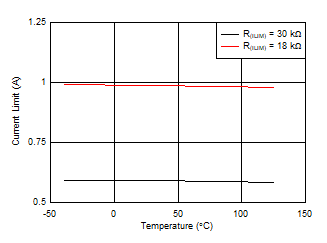
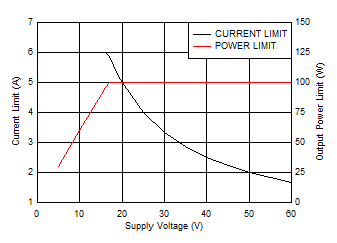
| TPS16632 | R(PLIM) = 100 kΩ | R(ILIM) = 3 kΩ |
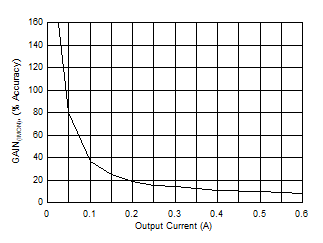
A.
Figure 7-10 IMON
Gain Accuracy at Low Output Current Levels